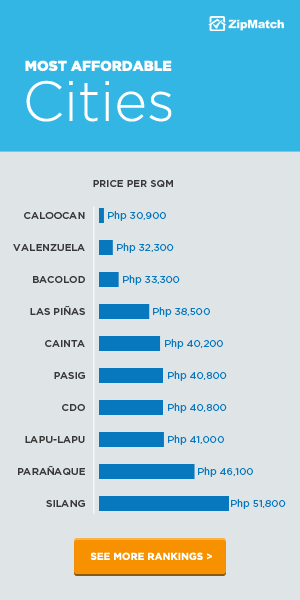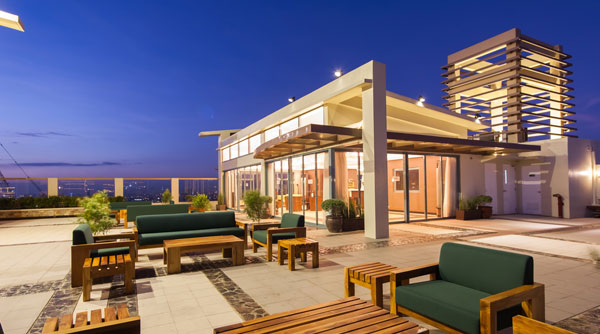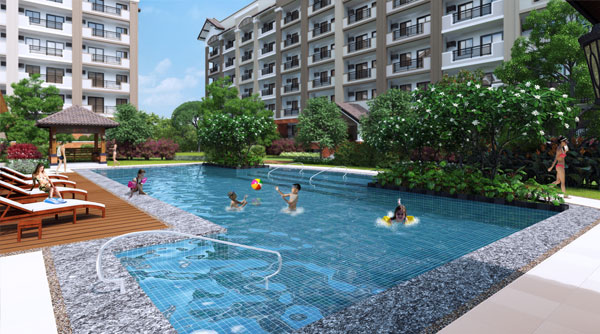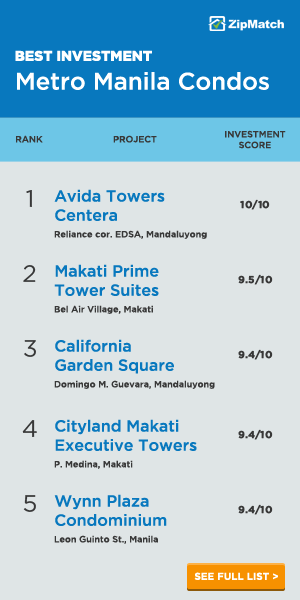Condominium living has become one of the top choices among many Filipinos today, especially for professionals who want to buy a real estate property in or near central business districts where they work. But for pet lovers, it’s a bit challenging to settle for a unit as most condominiums in Metro Manila has certain regulations about keeping pets in the building. And for the few developers that allow them, they impose strict rules and regulations.
It is important that these policies are in place to allow but regulate certain types of pets for the welfare and protection of all those who live and work in the building, as well as safeguard the property of all homeowners.
Here are the common condo pet policies that every condo owner or tenant should know:
1. Only certain types of pets are allowed.

The most common types of pets allowed in a condominium are aquarium fishes, cats, and dogs (of certain breeds and sizes).
Meanwhile, there are real estate developers that permit you to bring in caged birds and other small animals (rabbit or hamster) as long as they are domesticated.
These types of animals are prohibited in condominium properties because they are not considered as pets:
- Other kinds of canines (wolves, foxes, etc.)
- Other kinds of felines (tiger, lion, and the like)
- Livestock
- Exotic and wild animals
- Reptiles
- Endangered and not permitted by law
2. Only specific dog breeds are tolerated.
If you have bantay as a pet, you can’t just rejoice yet. There are certain dog breeds that are not allowed for a number of reasons. These furry friends may not be suitable to condo living because they are very high-maintenance, active, unsociable, or aggressive. These may include:
- Doberman Pinscher
- Bull Terrier
- Rottweiler
- Pit bull
- German Shepherd
- St. Bernard
- Boxer
On the other hand, the types of dog breed that are typically welcomed in condominiums are:
- Pug
- Yorkshire Terrier
- Lhasa Apso
- Toy Poodle
- Bulldog
- Shih Tzu
To be on the safe side, make sure to verify with your property management office (PMO) if your dog’s breed is allowed or not.
3. Your pet should be at a certain size and weight.

Many pet-friendly condominiums impose a size limit to your pets. At Morgan Suites in McKinley Hill, for example, the condominium management had set a cap on a pet’s height of up to two feet when standing. In other condominiums, pets of up to one feet and a half when standing are allowed to be kept.
The weight size of pets and/or their container varies per developer. For example, Bonifacio Heights in Taguig requires each dog or cat to be less than 25 lbs or 11 kilos. For caged animals, the cages should be one cubic meter maximum.
For aquariums, it should be a maximum size of 40 gallons. At Soho Central in Mandaluyong, the condominium management allows a resident to own an aquarium holding not more than 10 gallons.
4. Only up to a certain number of pets are permitted.
Condominium developers are very particular in the number of pets allowed for each homeowner or tenant. Except for aquarium fishes, most condominiums only permit a maximum of one pet per unit. Other condominiums being sold around Metro Manila allow a maximum of two pets of any combination. For example, you can have two dogs, a dog and a cat, or a fish tank and caged rabbit.
5. Your pet must be vaccinated.

Pets, where applicable, must be vaccinated at the owner’s or resident’s expense. Owners should have a written certification from a licensed veterinarian concerning the vaccination of their pets and submit it to the PMO.
6. You must register your pet with the Property Management Office.
A homeowner or tenant cannot keep a pet inside their unit without properly informing and getting approval from the condominium management. As such, you are required to register your pet before you can actually bring Blackie or Mr. Sniffles into your new home.
Application and registration forms are available at the PMO. It should be properly accomplished complete with the information of the pet. Some of the details needed are:
- Breed
- Weight
- Height
- Registration number (if applicable)
Don’t forget to ask your PMO how long upon move-in must you register your pet. Some require that you do it before, while others give you a grace period of up to five days. You will also need to pay the registration fee, which varies per developer.
7. Don’t leave your pets unattended.
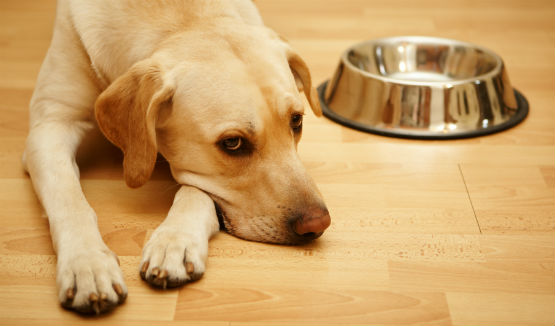
It is a pet owner’s duty to ensure that his or her pet is comfortable and will not pose a danger to other people if agitated, upset, or frightened.
As such, pets must be kept in humane conditions within the confines of the owner’s unit. Some condominiums prohibit owners from leaving their pets unattended in the unit for more than 12 hours.
Same rules also apply when you take your pet out of the unit. Owners should restrain (put on a leash) or contain (put on a cage) their pets, especially when in common areas and when there’s children.
8. Pets are generally not allowed in common areas.
Most condo management prohibits pets from staying in common areas in the building such as swimming pool area, garden, walkways, and other shared areas. This is to protect residents who may suffer from asthma or have allergies or health issues that may trigger reactions from pet furs.
Moreover, this policy is put into place to avoid pets having accidents or incidents that may cause disturbance in these shared spaces. In the event that your pet did number two in these areas, you must clean up after the pet or pay a fine if you don’t do it.
9. The management reserves the right to allow or prohibit your pet.

Your management has the discretion to prohibit entrance or retention of any pet in the property premises or the unit when said pet is found to be dangerous or nuisance to other residents in the condo, or is kept in inhumane condition.
In case you have a visitor with a pet, you must get proper clearance from the PMO and acquire a temporary registration, especially if the pet will be staying for a couple of days.
10. You are responsible for your pet.
This is the bottom line for people who live in a condominium with a pet – whether you are the unit owner or a tenant. You should be able to manage your pet and train it properly, especially if it’s a dog.
In the event that your pet causes property damage or injury to a person in the building, you are responsible for paying fees for repair or hospitalization. Read these 10 commandments for every condominium pet owner to know how you should properly take care of your pet when living in a condominium.
Searching for a pet-friendly real estate projects in Metro Manila? Check out these condominiums for sale in Quezon City or Mandaluyong.
Like What you've read?
-
john julius ganzon




